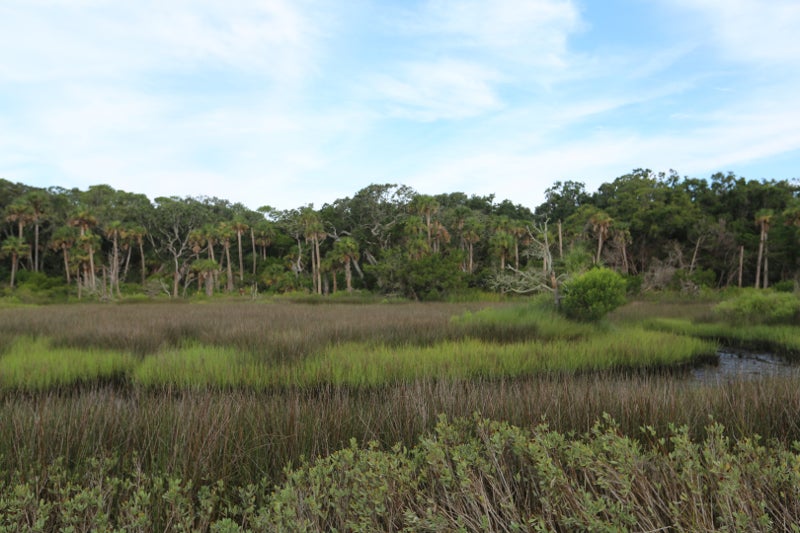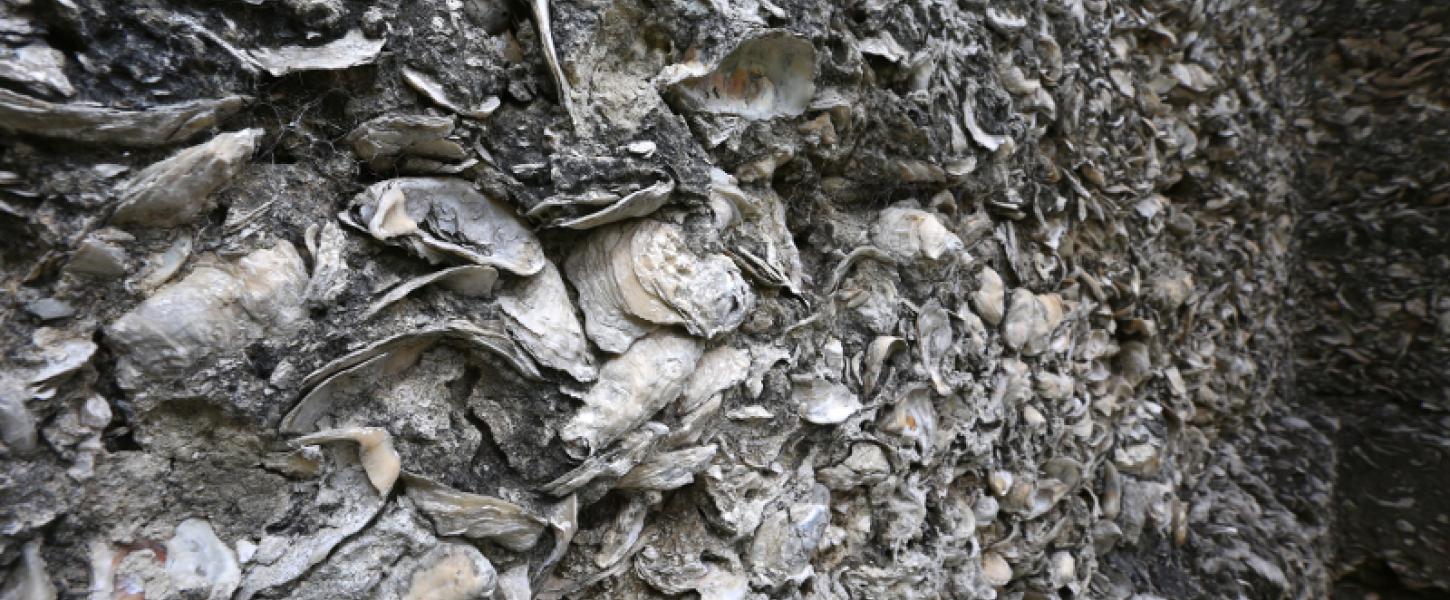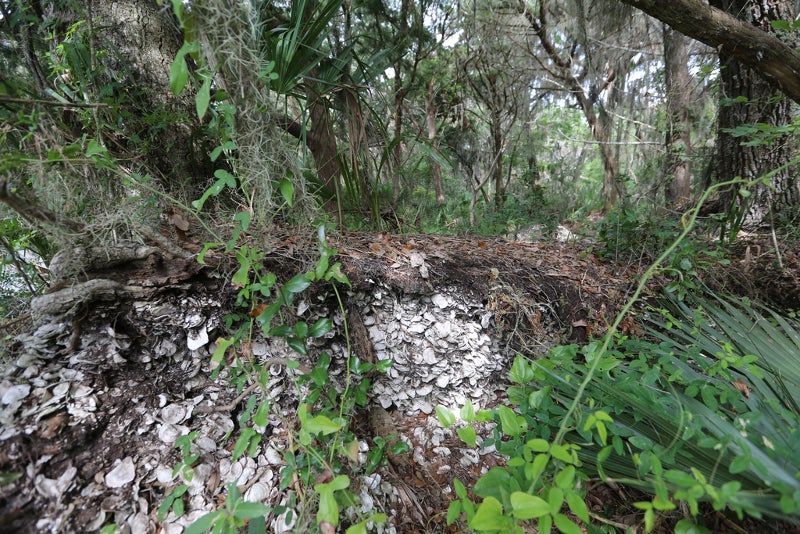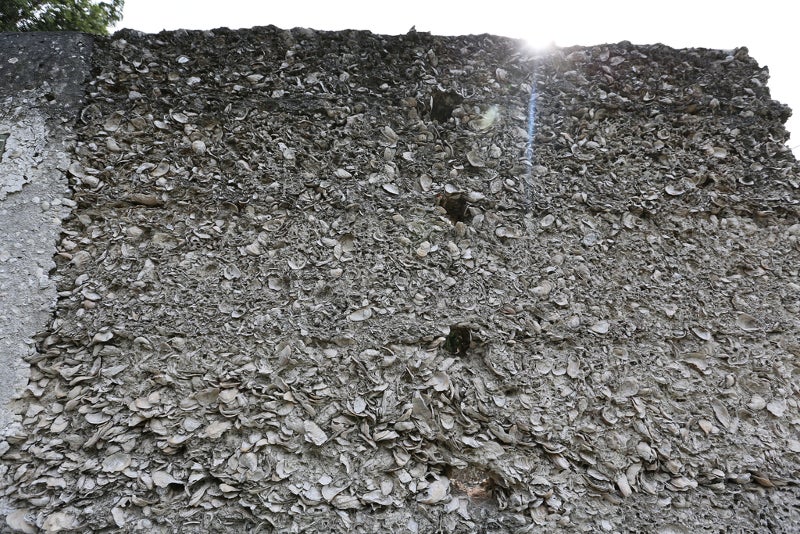
Shell Middens at Fort George

Think ancient history can’t be found in the New World? Think again. Native Floridians were building massive communal monuments, known as shell rings, at the same time as the Egyptians were building the pyramids. One of the largest and most impressive of these features, known as the Rollins Ring, was built on Fort George Island Cultural State Park around 3600 B.C.
Early Floridians heaped shellfish, fish and other wildlife bones from their daily meals and seasonal feasts into impressive piles and walled enclosures that often had a circular or semi-circular form. These rings were significant for seasonal gatherings, ritual ceremonies and community forums.
Ancient societies left indelible marks on these coastal landscapes, and signs of their thriving cultures invite us to discover who our predecessors were and how they dealt with the heat, humidity and swamp creatures that we live with today.

While we often think of North American history starting in earnest with Columbus’ discovery in 1492, history here began well before Europeans rethought the shape of the Earth. Archaeologists have found evidence of people in Florida as early as 10,000 B.C., around the end of the Ice Age. More locally, regional occupation dates to around 4,000 B.C.
A scarcity of stone quarries and freshwater made barrier islands harder to tackle until the rise of the canoe for transport and trade. Timucuan people settled on the western side of the islands in the shady and fire-resistant high maritime hammock forest close to the salt marsh’s abundant food source. The ease of finding food gave them plenty of free time for socializing, sports and crafts. They lived in villages ruled by chiefs, gathering for hunting, feasting, battles and rituals. The refuse heaps of oyster and clam shell, bone and broken pottery, known as middens, built up over time and can still be seen today.

Thousands of years of midden deposits created a uniquely calcified soil type, giving rise to an unusual plant community known as the shell midden and hosting rare plants like peperomia and milk vine. Early settlers saw the abundance of oyster shell heaps as a readily available construction material for their roads and buildings. The makeup of tabby, the prominent construction material in the period, was discovered by mixing baked oyster shell, sand, lime and water in a heated reaction to form the white sloop into a hard-set brick.
Tabby structures endure at the south end of the island as well as the north end, where a semi-circle arch of the tabby houses of enslaved people frame the entrance to the Kingsley Plantation.

In the 1920s, golf, tennis, bocce and croquet were played on manicured lawns at a clubhouse atop an ancient Timucuan midden located within the park. In the 1980s, a proposed resort development was rebuffed by Billy Arnold and other passionate locals, preserving the island’s cultural legacy and eventual state park designation.
Today, this a place to learn the history of all who have walked here, to see and understand that our choices and preservation matter. What will future generations remember about this place and learn from us? Fort George Island’s past and future are interwoven, and we owe it to the people of both to ensure this small piece of history is preserved forever.